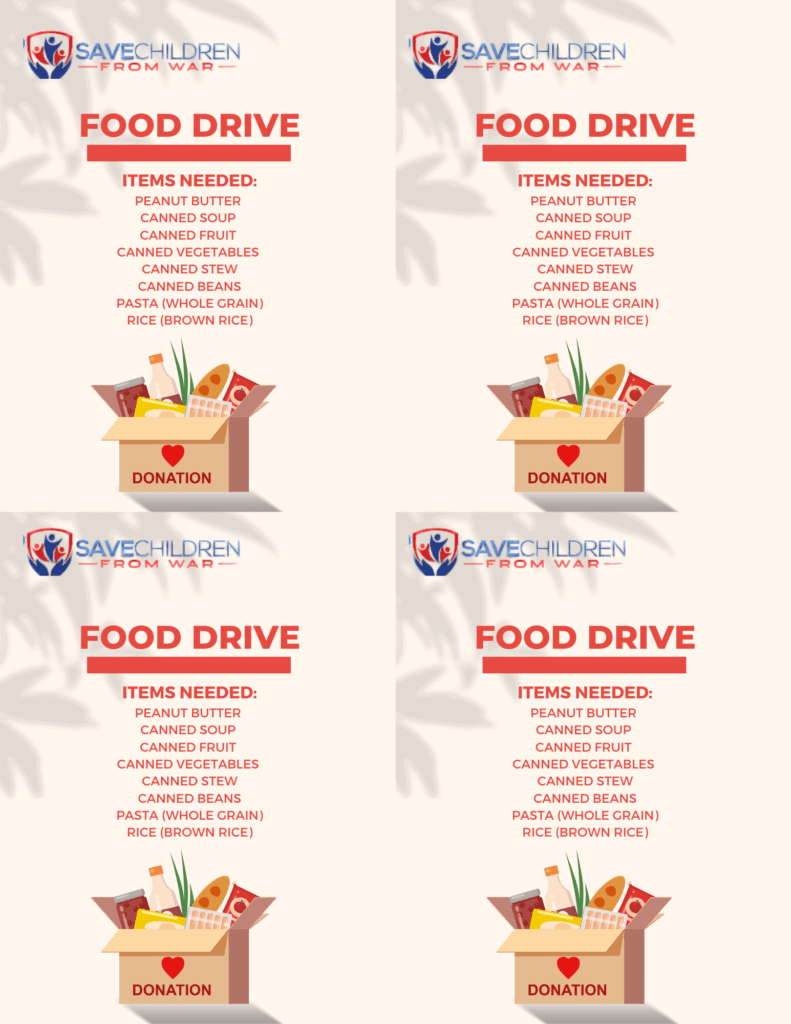SCFW Toolkit
Welcome to the Save Children From War Toolkit, a step-by-step guide to help youth around the world launch peer-led humanitarian initiatives supporting children affected by conflict. This toolkit is built on the successful model created by a high school-led nonprofit that raised $20,000+ to fund evacuation transport and built international peer support networks. You don’t need experience or funding to get started – just a desire to help.
1. Mission and Core Values
Mission: Empower youth to create local and global programs that support the safety, well-being, and mental health of children impacted by war.
Core Values:
- Youth-led Action
- Empathy over Politics
- Partnership with Local Communities
- Trauma-Informed Support
- Scalable, Sustainable Impact
2. Getting Started
Identify a Local Need
- Talk to teachers, school counselors, or community centers to find out if there are displaced families or refugee communities nearby.
- If not, you can still support online or start a pen-pal/peer support group virtually.
Build Your Team
- Start with just one or two friends who care.
- You don’t need a full team to begin—roles can develop as you grow.
Register Your Chapter
- Submit your chapter application form via our Start a Chapter Page.
- Receive onboarding, branding materials, and mentorship
3. Programs You Can Launch
A. Peer Support Network
- Use Zoom, WhatsApp, or email to connect students from different countries
- Talk about school, culture, mental health, or hobbies—keep it safe and supportive
- No need for professional training—use our simple guides
B. Emergency Fundraising Drives
- Start with small goals—$100 can go a long way
- Initial ideas: bake sales, food drives, online fundraisers using platforms like GoFundMe
- Ask your school to match donations or promote it in a newsletter
Printable Flyer Templates


C. Educational Workshops
- Host short presentations about children in war zones for your class, club, or school
- Use free online videos and slides to guide your presentation
- Invite students from different countries to speak virtually if possible
4. Partnerships and Outreach
Find NGO or Government Partners
- Look for local or school-based service groups already doing aid work
- Offer to collaborate or co-host an event
Get Media Coverage
- Start with your school newspaper or local community newsletter
- Share your story on social media and tag relevant organizations
5. Safety and Ethic
- Always ask permission before sharing someone’s story or photo
- Use first names or pseudonyms online
- Ask a teacher or parent to help supervise digital communications
6. Tracking Impact
- Keep a notebook or Google Sheet of how many people you’ve helped, events hosted, or funds raised
- Monthly check-ins via email with the main team
- Get recognized on our website and socials!
